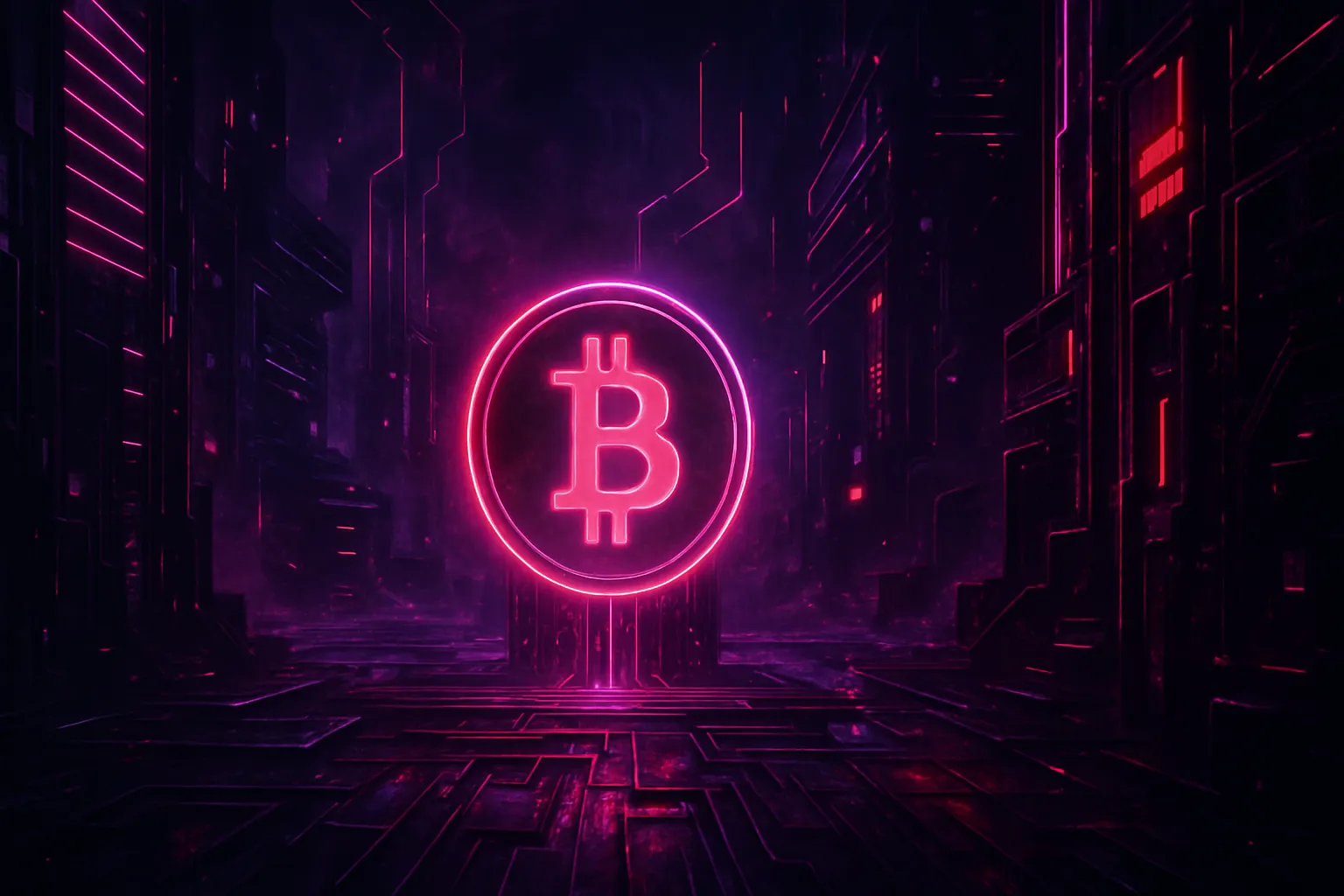Bitcoin Munari is set to make a significant shift in its operational framework by moving from the Solana network to its own Layer 1 blockchain. This strategic transition aims to bolster the project's utility and governance features, positioning it for greater autonomy and functionality. According to the results published in the material, this move is expected to enhance user engagement and streamline transaction processes.
Introduction of New Layer 1 Blockchain
The new Layer 1 blockchain will implement a delegated Proof-of-Stake (dPoS) model, which is designed to enhance the efficiency and scalability of the network. This model allows users to delegate their staking power to trusted validators, ensuring a more secure and decentralized environment for transactions.
Key Features of Bitcoin Munari
With this transition, Bitcoin Munari will introduce several key features, including:
- staking mechanisms that enable users to earn rewards for participating in network security
- governance capabilities, allowing token holders to have a say in the future development and direction of the project
- support for decentralized applications (dApps), expanding the ecosystem and providing developers with the tools needed to innovate on the platform
Aim of the New Blockchain
The new blockchain aims to create a robust and dynamic environment for all participants.
In a notable development, Wizzwoods secured $10 million in funding to enhance its cross-chain gaming initiatives, contrasting with Bitcoin Munari's shift to its own Layer 1 blockchain. For more details, see read more.








